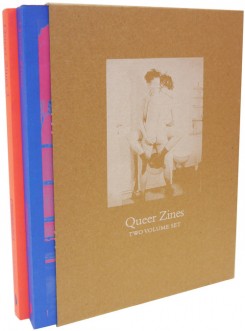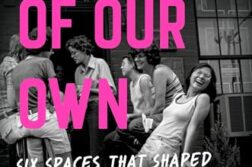 Queer Zines and Queer Zines 2
Queer Zines and Queer Zines 2
Edited by AA Bronson and Philip Aarons
Printed Matter, Incorporated
271 pages, $25. (vol. 1)
264 pages, $25. (vol. 2)
ORIGINALLY PUBLISHED in 2008 to accompany an exhibit in New York, Queer Zines has been re-issued in an expanded edition. Updates and corrections have been made to the original book, and a wholly new second volume provides a wealth of new zine descriptions along with fifteen short essays—by writers Scott Treleaven, K8 Hardy, Steve Lafreniere, and Bruce LaBruce, among others—on the queer zine phenomenon. Writing of the original publication, the editors note: “Like the material it represented, Queer Zines set out to be visually arresting, intellectually provocative, and unashamedly sexy.” This new, two-volume edition is all of that, and more.
________________________________________________________
Richard Johns, the author of 2000 Poems and Hollywood Beach, lives in the Chicago area.







